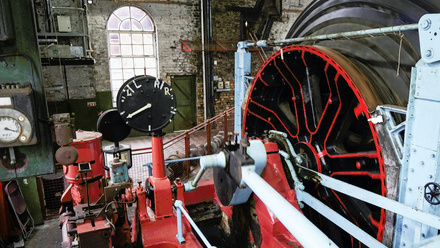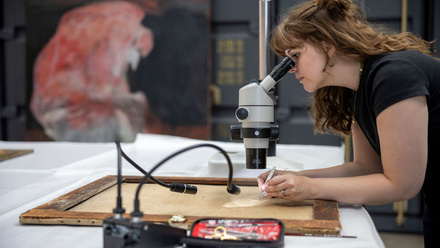Operation Night Watch: Treatment begins for Rembrandt’s masterpiece
Operation Night Watch is the largest research and conservation project that Rembrandt’s masterpiece The Night Watch has ever undergone.
In the summer of 2019, the Rijksmuseum embarked on a multi-year project with the goal of thoroughly studying the condition and painting technique of this large canvas painting. The Night Watch was researched in situ in the gallery inside a glass chamber in full view of the public.
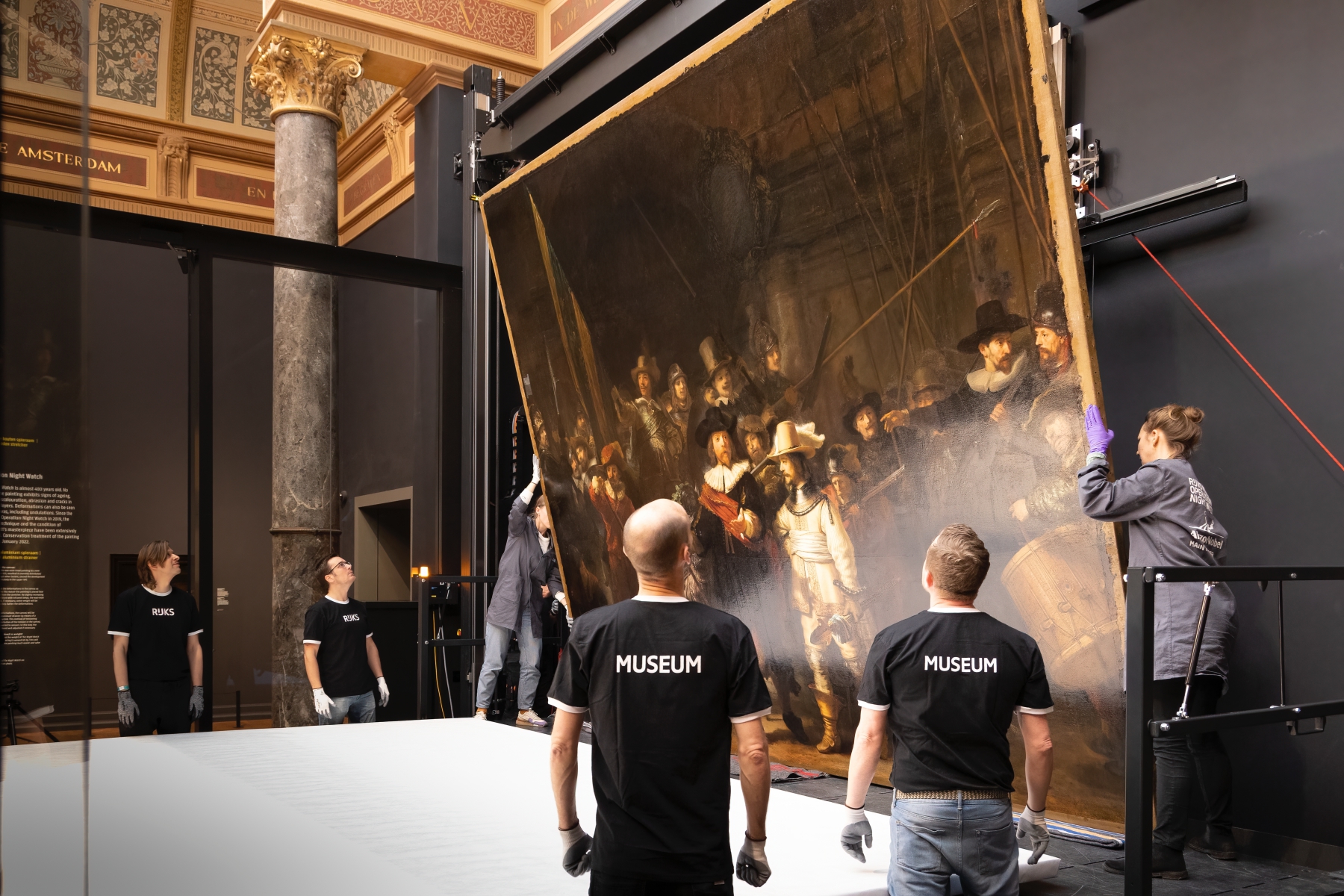
The first phase of the research project was completed in December when a previously hidden sketch was discovered during examinations after mapping the painting using the most advanced imaging techniques and computer technology. The detailed examination of the painting shed light on its condition, and treatment was started last week.
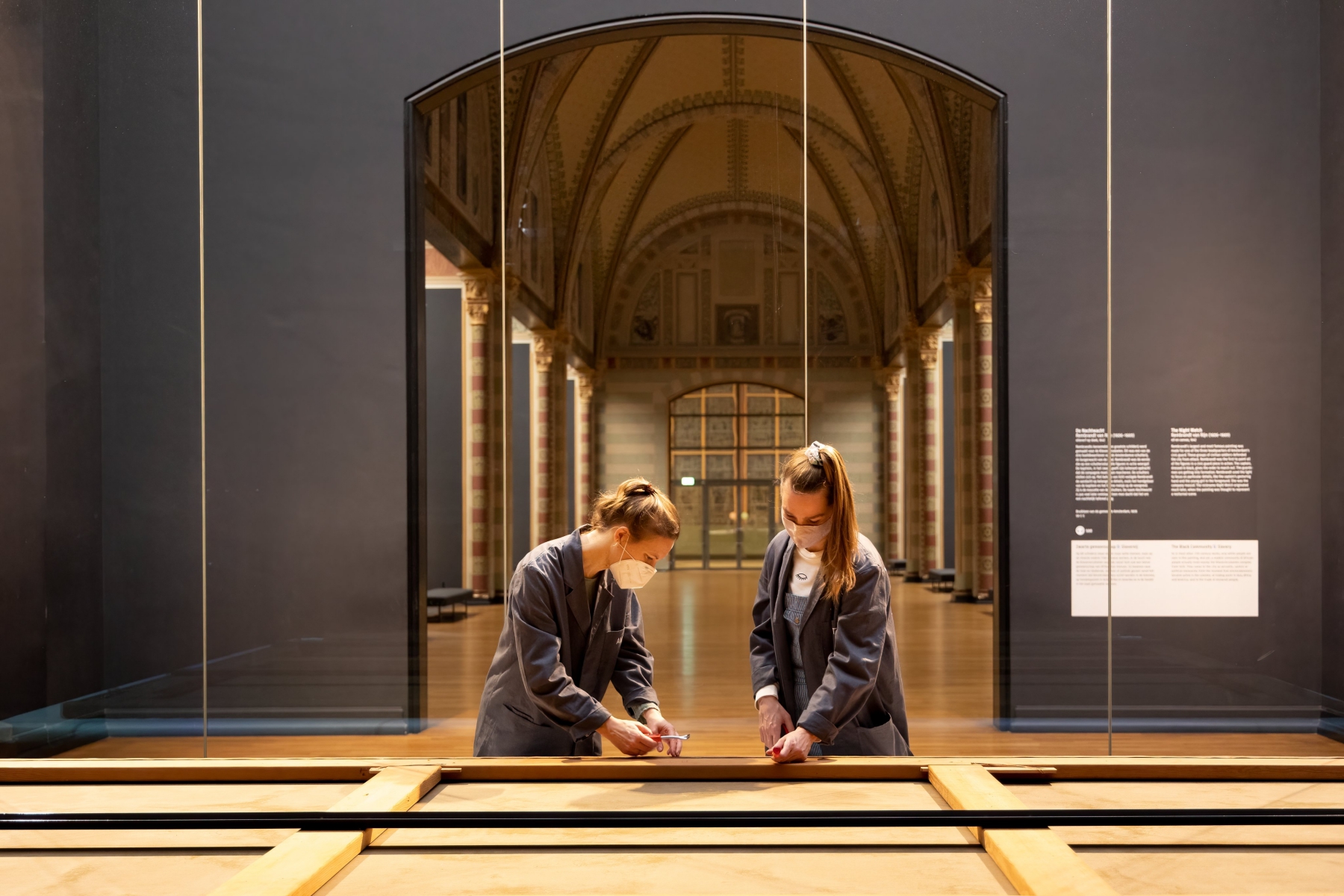
The treatment of The Night Watch started with the detachment of the canvas from its wooden stretcher frame, as Rembrandt’s work is to be remounted on an aluminium stretcher. The reasons this is necessary include the so-called deformations in the upper left corner, which are evidence of an uneven distribution of tension in the canvas. It is essential to retension the canvas and eradicate the deformations if we are to safeguard the painting for future generations. This structure-focused treatment marks the start of the treatment phase of Operation Night Watch, which the conservation team anticipates will take two to three months. Once it has been completed, decisions will be taken on whether to carry out additional restoration procedures.
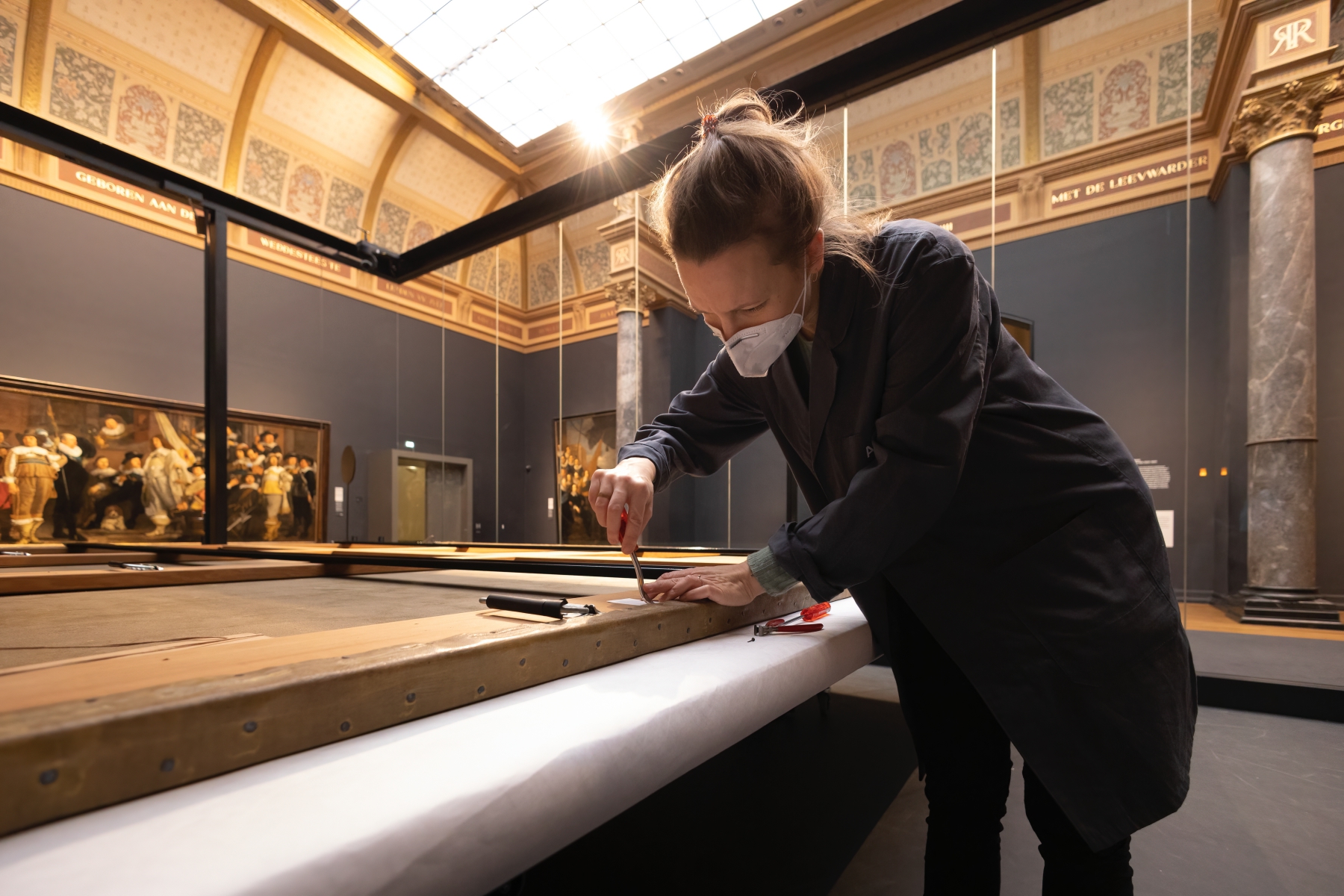
The inconsistent tension of the canvas and the deformations require immediate attention. These issues will be easily remedied and will not impact on the future of the painting. In order to carry out the necessary work, The Night Watch will be laid out on the table in the glass chamber, where the canvas will be detached from its current stretcher frame. Once this has been done, the deformations will be rectified and the canvas will be remounted on its new aluminium stretcher frame.
The new tensioning method involves the use of springs to distribute tension evenly throughout the canvas. The springs will be attached to sensors to monitor the tension, which can then be adjusted whenever necessary.
You can listen to Petria Noble, the Rijksmuseum’s Head of Paintings Conservation, discuss Operation Night Watch at Icon Paintings Group's upcoming lecture on 23 February.
The talk will present the most important results from the last two years of research, which looked at questions regarding the original commission, Rembrandt’s materials and painting technique, the impact of previous treatments and later interventions, as well as the ageing, degradation and future of the painting.

